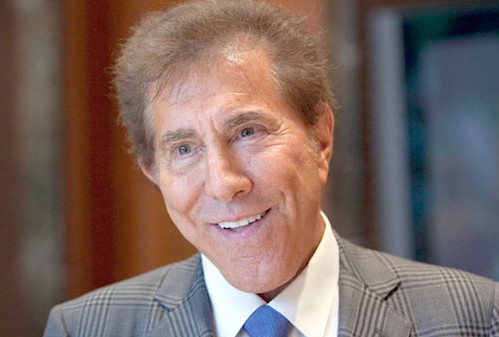
In a comprehensive overview of the booming global business of art lending, Bloomberg writers Katya Kazakina and Mike Weiss sum up how prevalent this type of lending has become at boutique firms and corporate behemoths alike. Perhaps more importantly, for interested collectors, they describe how one goes about getting the best possible rate. In a nutshell, make sure you are super-rich. Meaning, at the level of Steve Wynn or Steve Cohen.
Their report describes how Wynn—whose personal fortune has fallen about 30 percent this year due to the declining value of his stake in Wynn resorts—nabbed a roughly one percent rate on a loan he secured from Bank of America where the casino mogul offered 59 works of art as collateral. It was one of several steps Wynn recently took to raise cash, telling Bloomberg that the arrangements permit him to borrow at “less than one percent.”
According to the story:
“The favorable terms highlight the increasing competition in the market for art lending, where wealth managers are seeking to win and retain top clients with lower interest rates than ever. Traditionally dominated by auction houses and banks such as Citigroup Inc., JPMorgan Chase & Co. and Bank of America, record prices for art and a surge in wealth among the world’s richest are attracting new players, including one venture backed by private equity firm Carlyle Group LP and Swiss wealth manager Pictet Group.”
Among the art listed as collateral on Wynn’s loan are several high profile blue chip artworks sold in just the past few years, including: Jackson Pollock’s Number 12 (1950), which sold for $18 million at Sotheby’s just this past May, as well as a sculpture of a male head by Alberto Giacometti that sold for $50 million at Sotheby’s in 2013. Warhol’s Double Elvis (Ferus Type) (1963) realized $37 million, also at Sotheby’s, in 2012.
Wynn also put up works by actor Sylvester Stallone and artist Robert de Niro, Sr., the father of the well-known actor.